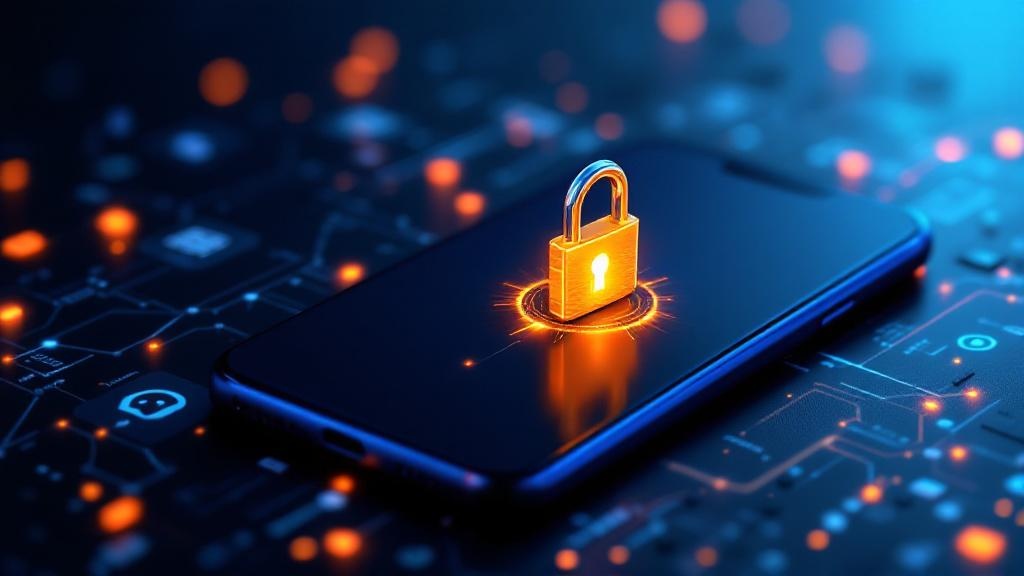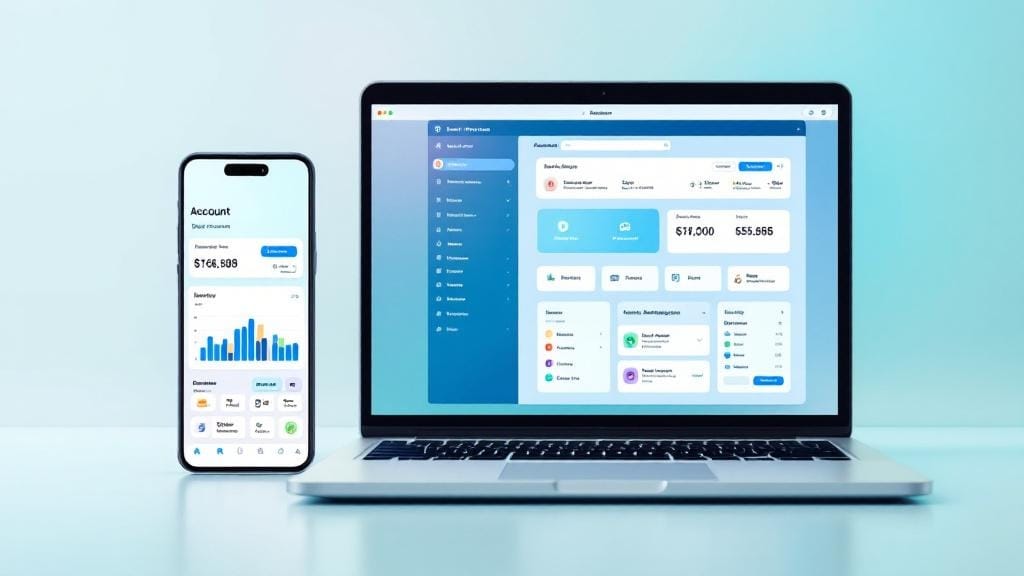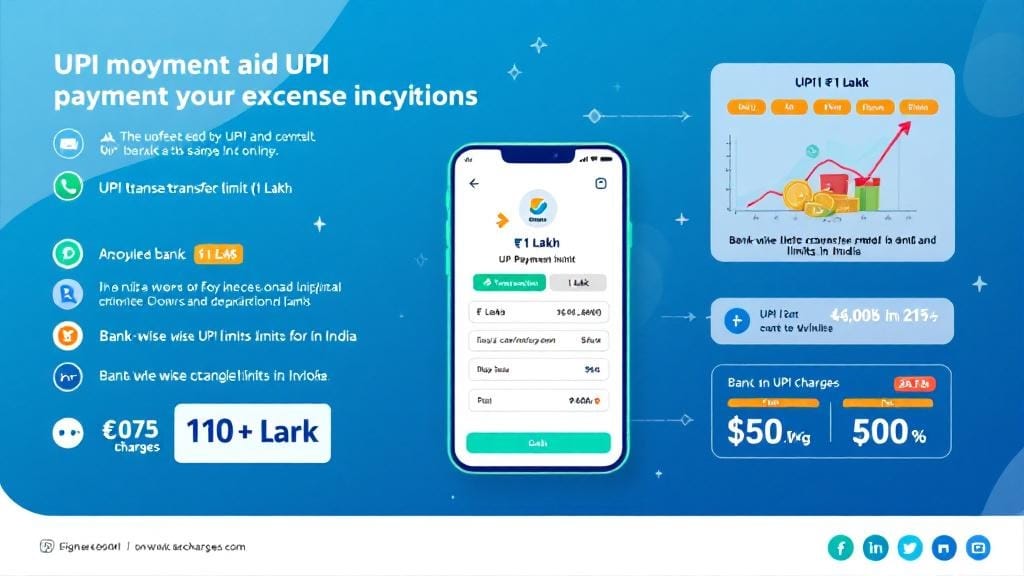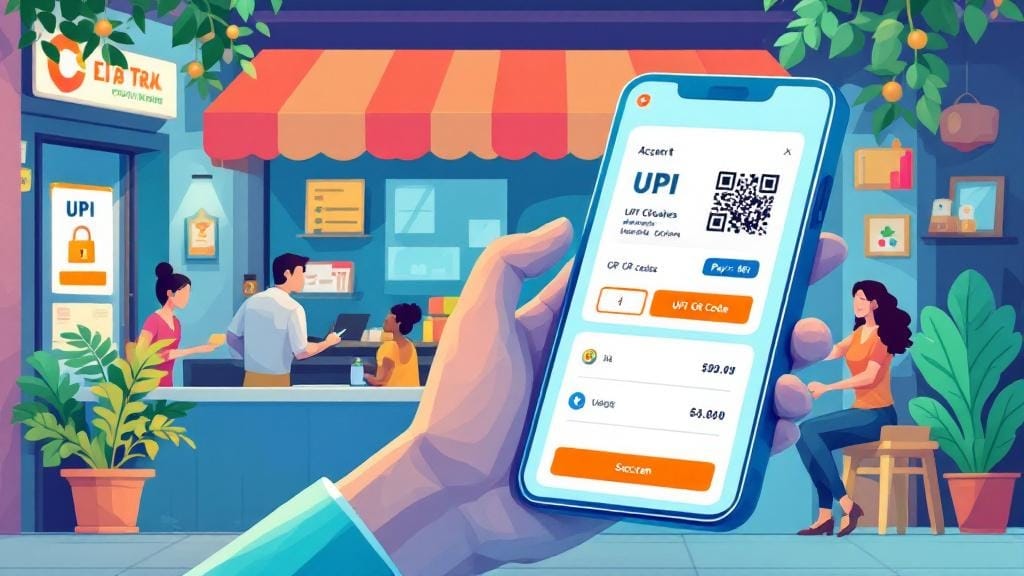In today’s fast-paced digital age, online payments are not just convenient—they are essential. Unified Payments Interface (UPI) has revolutionized the way we transfer money, making transactions faster, easier, and more efficient. However, with the rise of digital payments comes an increasing concern about security. The good news is that UPI has implemented several robust security features to keep your payments safe. In this blog post, we will explore how UPI payment security is designed to protect your funds, data, and personal information, ensuring a safe digital payment experience.
Understanding UPI Payment Security: Why It Matters
UPI, launched by the National Payments Corporation of India (NPCI), has become one of the most widely used payment platforms in India. It offers users the ability to make real-time payments across multiple banks with a single mobile application. While the convenience of UPI is unparalleled, the question on everyone’s mind is: How secure is UPI?
In this post, we’ll break down the various layers of UPI payment security, from device-level security to real-time fraud alerts, and explain how UPI protects you from potential risks, including phishing scams and fraud.
1. UPI App Security: The Foundation of Protection
Before we dive into advanced security features, it’s important to first understand the security protocols implemented within the UPI app itself. The UPI app security starts with the installation process. When you download a UPI app from the official app store (Google Play or the Apple App Store), it undergoes rigorous checks to ensure it’s free from malware or unauthorized code.
Key Features of UPI App Security:
Two-Factor Authentication: To access your UPI app, you need to enter your UPI PIN, which serves as a second layer of security. This means that even if someone manages to steal your phone, they won’t be able to perform any transactions without your PIN.
Biometric Verification: Many UPI apps also integrate biometric verification, such as fingerprint or facial recognition, for an added layer of protection. This ensures that only you can authorize payments, adding an extra barrier to unauthorized access.
Encryption: All UPI transactions are encrypted, ensuring that your financial data is protected during transfer. This encryption helps secure your sensitive data, such as bank account details, from being intercepted by malicious actors.
2. How to Secure Your UPI Account: Essential Tips
While UPI payment systems have strong security features, your role in safeguarding your account is equally important. Here are a few simple yet effective tips to ensure your UPI account stays secure.
Tips for UPI Security:
Use a Strong UPI PIN: Your UPI PIN is your first line of defense. Ensure it’s not easy to guess. Avoid using birth dates, simple sequences (like 1234), or any other easily guessable numbers.
Update Your Mobile and UPI App Regularly: Regular updates include patches for security vulnerabilities. Ensure that your phone’s operating system and UPI apps are always up to date.
Avoid Public Wi-Fi for Transactions: Public networks are less secure, and using them for financial transactions exposes you to potential risks. Always perform transactions over a secure, private connection.
Enable Two-Factor Authentication: Many UPI apps support two-factor authentication (2FA). Enable this feature for an additional layer of protection. It adds an extra step during login and transaction approval, reducing the chances of unauthorized access.
3. Understanding Two-Factor Authentication (2FA) in UPI
Two-factor authentication is an industry-standard security feature used to prevent unauthorized access to accounts. UPI leverages 2FA to enhance UPI PIN safety and secure each transaction.
When you attempt to make a payment or log into your UPI app, two things are required:
Something you know: Your UPI PIN.
Something you have: Your mobile device, which receives a one-time passcode (OTP) for authentication.
By requiring both factors, UPI makes it far more difficult for cybercriminals to access your account, even if they manage to steal your phone or your PIN.
4. Protecting Against UPI Phishing Scams and Fraud
Phishing scams are one of the most common ways fraudsters attempt to steal your UPI credentials. These scams typically involve fake emails, SMS messages, or phone calls that attempt to trick you into revealing your UPI PIN or bank account details.
Here’s how you can protect yourself from UPI phishing scams:
Never Share Your UPI PIN: No legitimate entity, including your bank or the UPI app provider, will ever ask you for your UPI PIN. Be suspicious of unsolicited messages or calls asking for such sensitive information.
Verify the Source: Always double-check the sender’s email or phone number. Fraudsters often use fake numbers that look legitimate at first glance.
Use Official UPI Apps: Always download UPI apps directly from official sources like the Google Play Store or Apple App Store. Avoid third-party apps that may not have the same security standards.
Be Wary of Suspicious Links: Avoid clicking on links in unsolicited messages or emails, as they could redirect you to phishing websites designed to steal your data.
5. Secure Mobile Banking with UPI: A Game Changer for Safety
Mobile banking has made financial transactions more convenient, but it also poses new security challenges. Secure mobile banking UPI addresses these challenges by integrating strong security protocols into mobile banking apps.
Here’s how UPI ensures your mobile banking experience remains safe:
Device-Level Security: UPI apps leverage the built-in security features of your phone, such as encryption and device-level authentication, to safeguard your financial data.
Real-Time Transaction Monitoring: UPI platforms continuously monitor transactions for unusual activity. If a potentially fraudulent transaction is detected, the system sends you real-time alerts, helping you take immediate action.
Financial Data Protection: Your financial data, including transaction history and personal details, is stored securely on servers, with multiple layers of protection to prevent unauthorized access.
6. How Real-Time UPI Fraud Alerts Protect You
Real-time fraud alerts are one of the most effective ways UPI scam protection works. If there’s a suspicious activity or a potential fraud attempt, UPI platforms send an immediate alert to your phone, notifying you of the issue.
Here’s what real-time fraud alerts can do:
Instant Notification: You get an immediate alert if there is an unauthorized login attempt or an unusual transaction.
Transaction Block: If suspicious activity is detected, the system can automatically block the transaction until you verify it.
Fast Response Time: These alerts enable you to take action quickly, whether that’s locking your account, changing your PIN, or contacting customer support.
7. The Role of Payment Gateway Security in UPI Transactions
A payment gateway security ensures that each UPI transaction is processed safely. Payment gateways are responsible for handling the transfer of funds between your bank and the merchant, and they use advanced encryption techniques to ensure that this process is secure.
By working together with your bank, payment gateways reduce the risk of fraud during the transaction process. UPI integrates with these secure gateways to further enhance digital payment safety.
FAQs About UPI Payment Security
1. How can I secure my UPI account?
To secure your UPI account, use a strong UPI PIN, enable two-factor authentication, avoid public Wi-Fi for transactions, and update your UPI app regularly.
2. What is biometric verification in UPI?
Biometric verification allows you to access your UPI app using your fingerprint or facial recognition, adding an extra layer of security.
3. How can I protect myself from UPI phishing scams?
Be cautious of unsolicited messages asking for your UPI PIN or bank details. Always verify the sender’s identity and avoid clicking on suspicious links.
4. What should I do if I receive a real-time UPI fraud alert?
Immediately review the alert, verify your transactions, and if necessary, block your account or report the issue to customer support.
5. Are UPI payments secure for mobile banking?
Yes, UPI incorporates device-level security, encryption, and real-time transaction monitoring to ensure mobile banking is safe.
6. How does two-factor authentication protect my UPI account?
Two-factor authentication requires both your UPI PIN and a one-time passcode sent to your device to complete a transaction, preventing unauthorized access.
Conclusion: UPI Payment Security – Your Digital Payment Guardian
UPI payment security has come a long way in ensuring that users can perform digital transactions safely. From two-factor authentication to real-time fraud alerts, UPI offers multiple layers of protection against fraud and unauthorized access. By following the security best practices outlined in this post, you can enjoy seamless and safe transactions, keeping your funds and personal data secure in the ever-evolving world of digital payments.
Stay safe, stay informed, and always prioritize your UPI payment security!
This article is designed to not only inform but also empower users with actionable knowledge to protect their UPI accounts. By combining the latest security features with real-life examples and practical advice, it provides a comprehensive understanding of UPI payment security.








Comments (0)